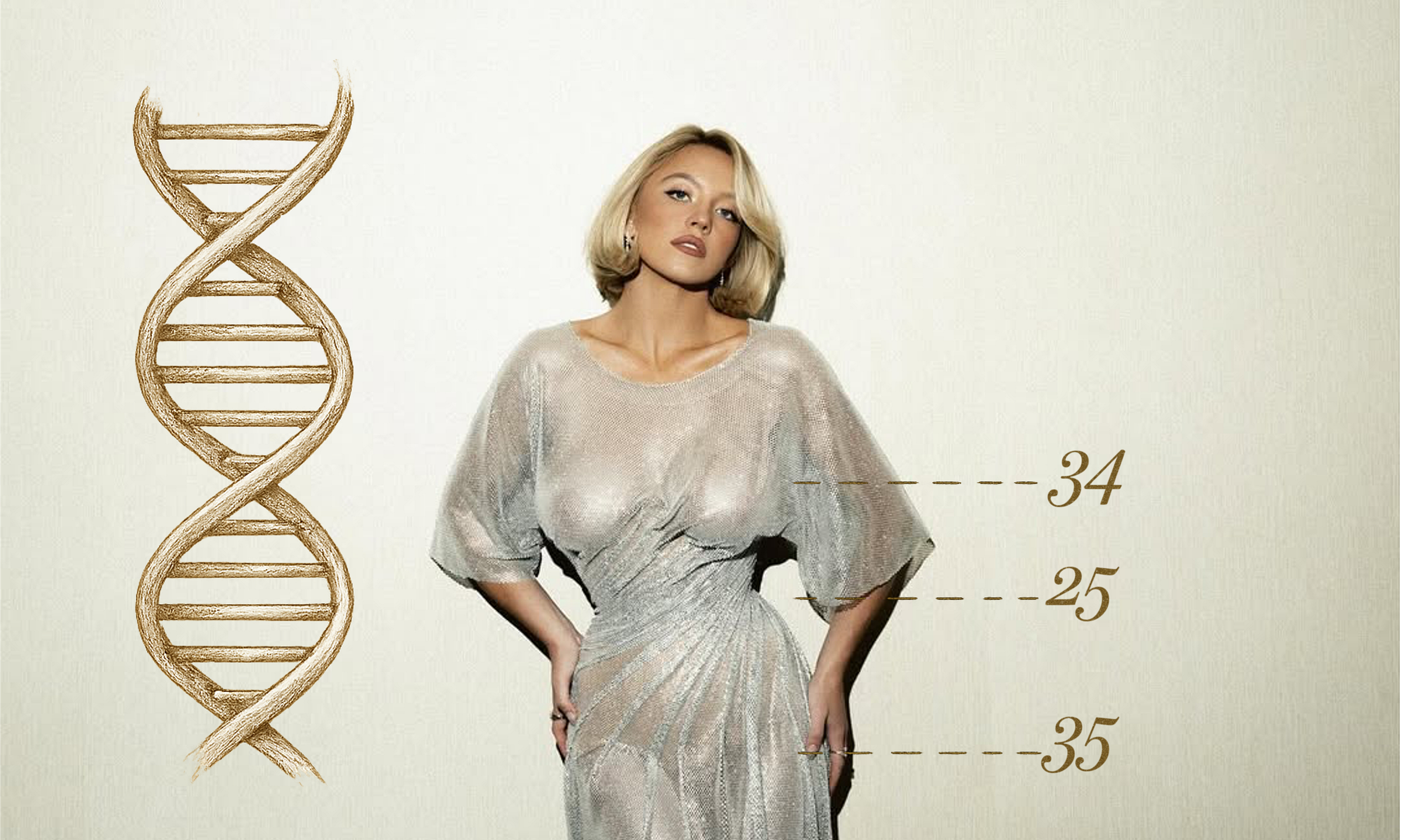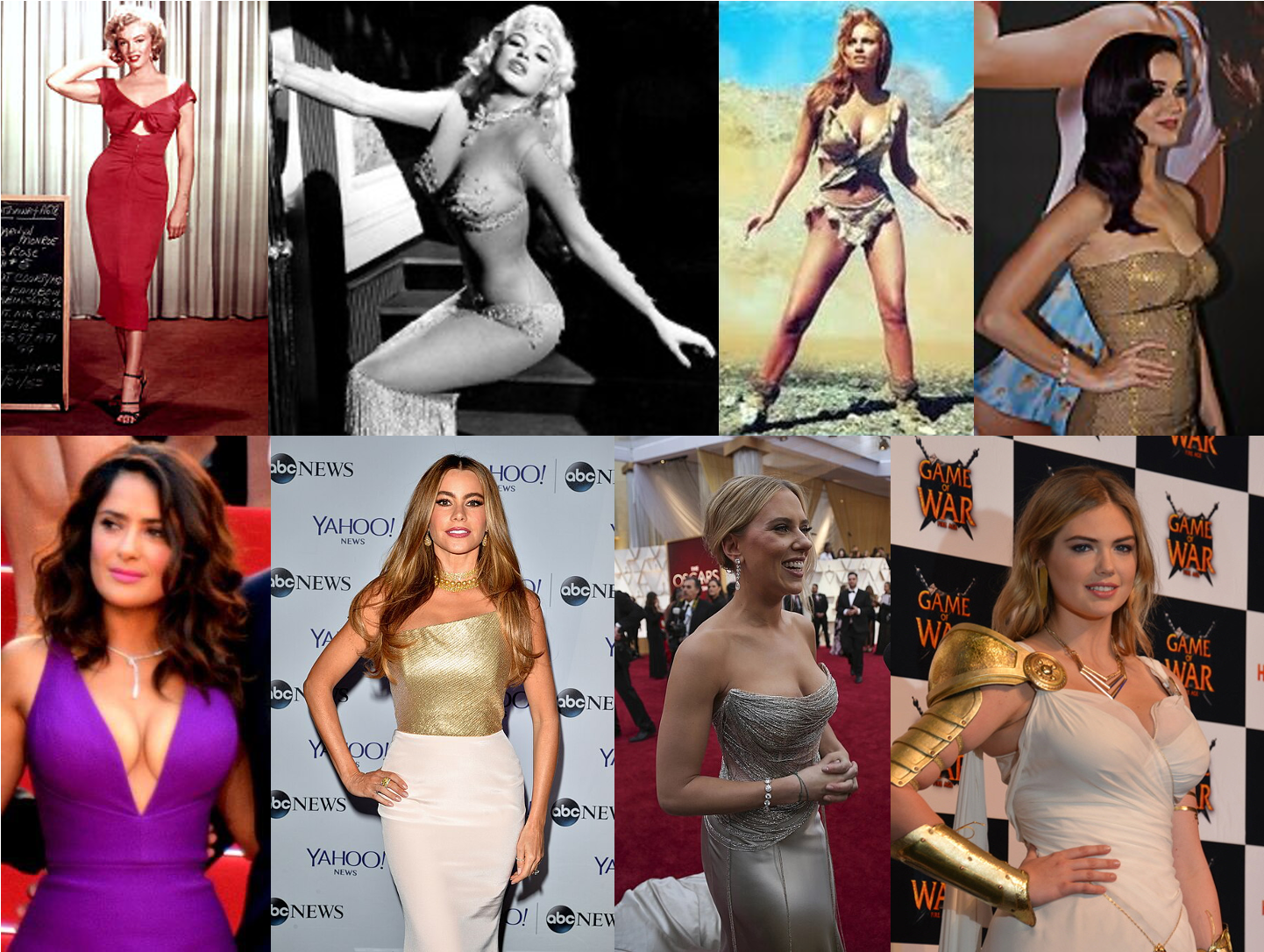The Science of Sydney Sweeney’s Sex Appeal
The evolutionary logic behind the curves, contours, and proportions that define female beauty.

Reality’s Last Stand is a reader-supported publication. Please consider becoming a paying subscriber or making a one-time or recurring donation to show your support.
About the Author
Dr. Lukaszewski is a Professor of Evolutionary Psychology at California State University, Fullerton, and Associate Editor of Evolution and Human Behavior. His research addresses the evolution of human personality, partner preferences, and hierarchy navigation. Other interests include wine, culinary tourism, and liberty. Follow him on X at @SpeciesTypical.
In July of 2025, something interesting happened in the culture. After years of progressive activists pushing brands and media companies to celebrate “body diversity” under the idea that attractiveness is a social construct, the clothing company American Eagle dropped an ad campaign featuring Sydney Sweeney, a Gen Z actress known both for her talent and for baring it all in the HBO series Euphoria.
The ads were meant to sell jeans, but they did something else: they broke the internet by reminding everyone of an old advertising truth that had been out of fashion during the woke years—sex sells, and some people are just plain sexy to almost everyone. With her girl-next-door face and hourglass figure, Sweeney embodies that kind of timeless, universal appeal. Every time she shows up in a low-cut dress, the internet melts down. Her latest viral moment came when she wore a see-through gown to an event honoring “the power of women.” That power, as it turned out, was on full display.
Sweeney follows a long line of cultural sex symbols, including Marilyn Monroe, Jayne Mansfield, Raquel Welch, Salma Hayek, Sofia Vergara, Scarlett Johansson, Kate Upton, and the list goes on (see Fig. 1). When people look at women like these, the reaction is almost automatic. Men feel desire; women feel envy. But what exactly is it about their bodies that triggers those reactions? And why do certain features—the curve of the hips, the size of the waist, the shape of the chest—consistently define what we think of as attractive?
Evolutionary psychologists have been asking—and answering—those questions for decades. Their job, basically, is to reverse-engineer human nature to figure out what kinds of traits helped our ancestors survive and reproduce, and how those selection pressures shaped the way our minds work today. When it comes to physical attraction, the question is simple: what reproductive advantages did people gain by preferring certain kinds of bodies in a mate?
One of the best-known findings in this field is that men tend to prefer women with a low waist-to-hip ratio (WHR)—a narrow waist compared to wider hips. But the story doesn’t stop there. Newer research digs deeper, showing that (i) a low WHR signals specific reproductive benefits, (ii) waist size itself matters more for attractiveness than anything about the hips, (iii) the waist and hips each tell different biological stories, and (iv) breast size and shape might carry their own reproductive clues. This essay takes a look at what the science says about female beauty.
Keep reading with a 7-day free trial
Subscribe to Reality’s Last Stand to keep reading this post and get 7 days of free access to the full post archives.






